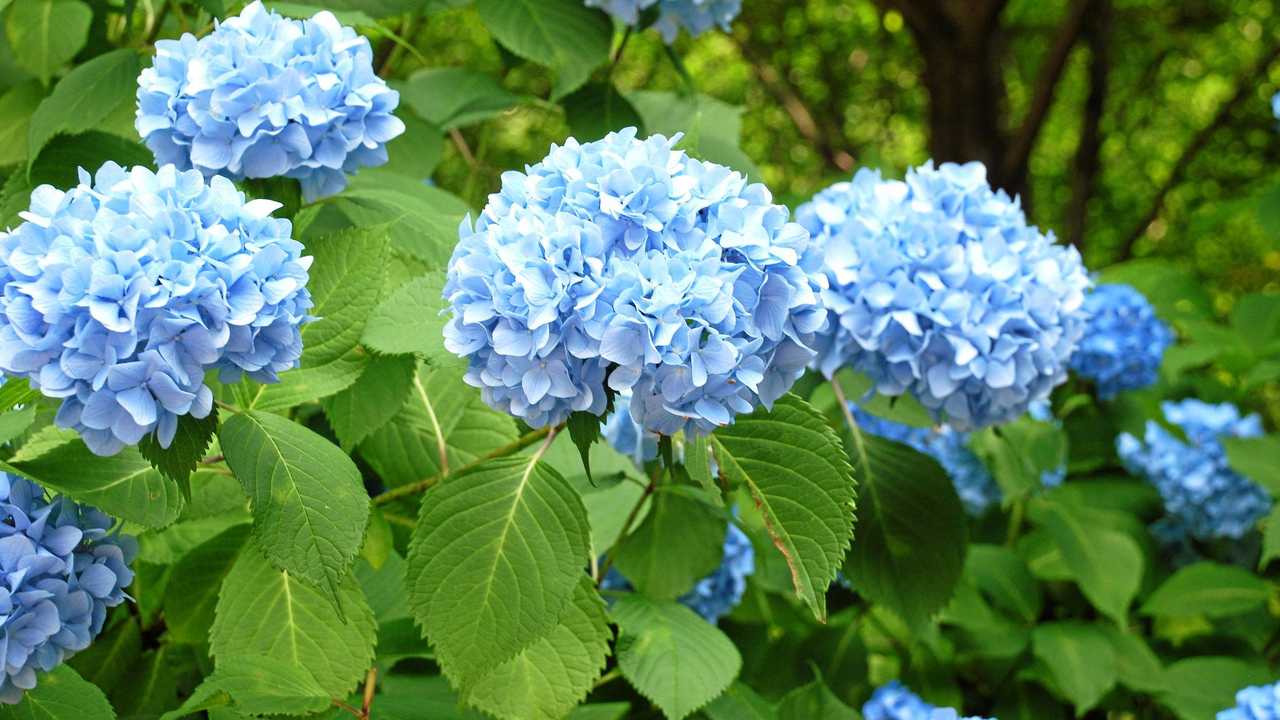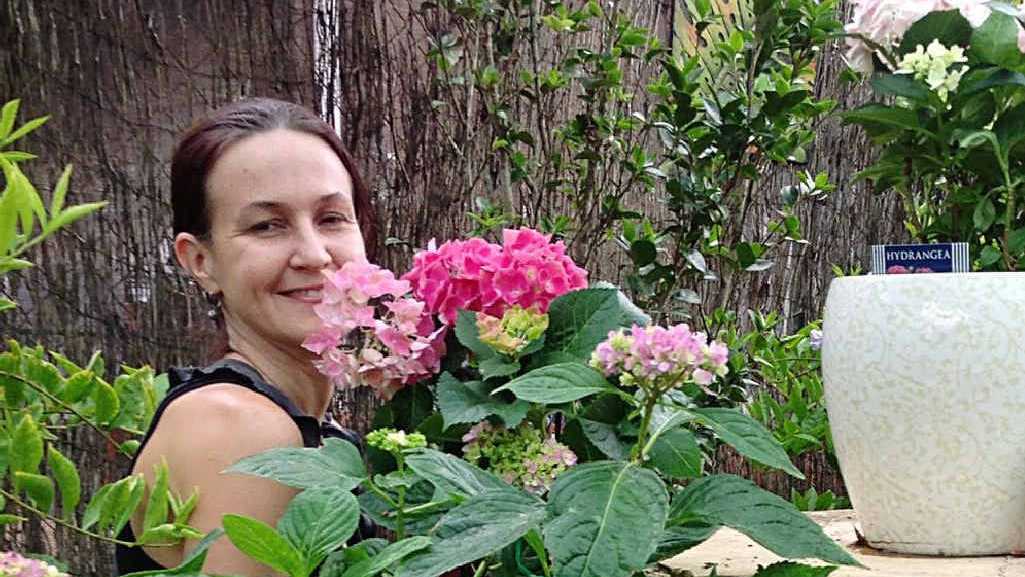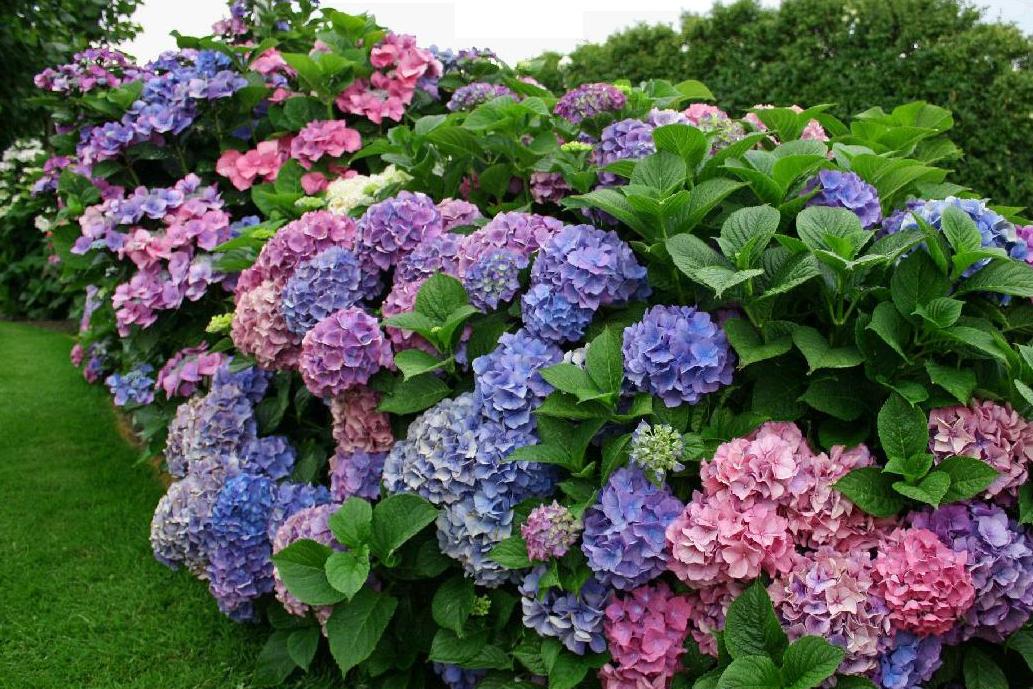Hydrangeas In Brisbane: A Guide To Growing And Caring For These Beautiful Flowers
Hydrangeas are a popular choice for gardeners in Brisbane, and for good reason. These beautiful flowers come in a variety of colors, sizes, and shapes, and they can add a touch of elegance to any garden. With the right care, hydrangeas can thrive in Brisbane's climate.
In this blog post, we will discuss everything you need to know about growing and caring for hydrangeas in Brisbane. We will cover topics such as:
- Choosing the right hydrangea for your garden
- Planting hydrangeas
- Caring for hydrangeas throughout the year
- Pruning hydrangeas
- Dealing with pests and diseases
We hope this blog post will help you enjoy your hydrangeas for many years to come.
Choosing the right hydrangea for your garden
There are many different types of hydrangeas available, so it is important to choose one that is suited to your garden's conditions. Here are a few things to consider when making your selection:
- Climate: Hydrangeas are hardy in USDA zones 3-7, so they can grow well in Brisbane's subtropical climate. However, some varieties are more cold-tolerant than others. If you live in an area with cold winters, you may want to choose a hardy variety, such as the "Endless Summer" hydrangea.
- Sun exposure: Hydrangeas need partial shade to full shade. Too much sun can scorch their leaves and flowers. If you have a sunny garden, you may want to choose a variety that is tolerant of full sun, such as the "Limelight" hydrangea.
- Soil type: Hydrangeas prefer moist, well-drained soil. If your soil is sandy or clayey, you may need to add organic matter to improve drainage.
- Size: Hydrangeas can grow to be quite large, so it is important to choose a variety that will fit in the space you have available. If you have a small garden, you may want to choose a dwarf variety, such as the "Little Lime" hydrangea.
Planting hydrangeas
The best time to plant hydrangeas in Brisbane is in the spring or fall. When planting, dig a hole that is twice as wide as the root ball of the hydrangea. Backfill the hole with soil, tamping it down gently. Water the hydrangea well and mulch around the base of the plant.
Caring for hydrangeas throughout the year
Hydrangeas need regular watering, especially during the first year after planting. Water deeply, so that the water reaches the roots. Mulching around the base of the plant will help to retain moisture.
Hydrangeas also need fertilizer. In the spring, apply a balanced fertilizer to the soil around the plant. In the fall, apply a fertilizer that is high in phosphorus.
Hydrangeas are susceptible to a few pests and diseases. The most common pests are aphids, scale, and spider mites. The most common diseases are leaf spot and powdery mildew. If you see any pests or diseases, treat them immediately with an appropriate pesticide or fungicide.
Pruning hydrangeas
Hydrangeas do not need to be pruned heavily. However, you may want to trim the plant in the spring to remove any dead or damaged branches. You can also prune the plant to shape it or to control its size.
If you want to change the color of your hydrangea flowers, you can prune them in the fall. To get blue flowers, prune the plant in late summer or early fall. To get pink flowers, prune the plant in the spring.
Conclusion
Hydrangeas are beautiful and easy-to-care-for flowers that can add a touch of elegance to any garden. With the right care, hydrangeas can thrive in Brisbane's climate for many years to come.
Hydrangeas are a popular choice for gardens in Brisbane, thanks to their beautiful flowers and relatively easy care. If you're thinking about adding hydrangeas to your own garden, is a great resource for information about hydrangeas in Brisbane.
The website has a wide variety of information about hydrangeas, including:
- Different types of hydrangeas that are suitable for Brisbane gardens
- When and where to plant hydrangeas
- How to care for hydrangeas, including watering, fertilizing, and pruning
- How to prevent common hydrangea problems
In addition to its informative articles, also has a blog with regular updates on hydrangeas in Brisbane. The blog covers topics such as:
- The latest hydrangea trends
- Tips for growing hydrangeas in different parts of Brisbane
- Success stories from other hydrangea gardeners
If you're looking for more information about hydrangeas in Brisbane, is the perfect place to start.
FAQ of hydrangea brisbane
- Q: What are the best hydrangeas for Brisbane?
A: There are many different types of hydrangeas, but some of the best varieties for Brisbane include:
* Hydrangea macrophylla: These hydrangeas are known for their large, showy blooms that can range in color from blue to pink to white. They are relatively easy to care for and can tolerate a variety of soil conditions.
* Hydrangea paniculata: These hydrangeas produce large, cone-shaped blooms that can reach up to 12 inches in length. They are a bit more drought tolerant than macrophylla hydrangeas and can also tolerate full sun.
* Hydrangea arborescens: These hydrangeas are native to North America and produce smaller, white or pink blooms. They are very hardy and can tolerate a wide range of conditions, making them a good choice for even the most inexperienced gardeners.
- Q: How do I care for hydrangeas in Brisbane?
A: Hydrangeas are relatively easy to care for, but there are a few key things to keep in mind:
* Plant hydrangeas in a location that receives partial shade. Too much sun can cause the leaves to scorch, while too little sun can prevent the flowers from blooming.
* Water hydrangeas regularly, especially during hot, dry weather. The soil should always be moist, but not soggy.
* Fertilize hydrangeas once a year in spring with a balanced fertilizer.
* Deadhead spent blooms to encourage new growth.
* Protect hydrangeas from frost in winter. If you live in an area with cold winters, you may need to cover your hydrangeas with a burlap sack or other protective material.
- Q: Why are my hydrangeas not blooming?
A: There are a few reasons why your hydrangeas might not be blooming. Here are a few possibilities:
* The plant is not getting enough sunlight. Hydrangeas need at least 4-6 hours of sunlight per day to bloom properly.
* The plant is not getting enough water. Hydrangeas need to be watered regularly, especially during hot, dry weather.
* The plant is not getting enough fertilizer. Hydrangeas should be fertilized once a year in spring with a balanced fertilizer.
* The plant is not getting enough acidic soil. Hydrangeas that produce blue flowers need acidic soil. If your soil is alkaline, you can add peat moss or sulfur to the soil to lower the pH.
- Q: How do I change the color of my hydrangea flowers?
A: The color of hydrangea flowers is determined by the pH of the soil. Hydrangeas that produce blue flowers need acidic soil, while hydrangeas that produce pink flowers need alkaline soil. If you want to change the color of your hydrangea flowers, you can adjust the pH of the soil.
To make your hydrangea flowers blue, add peat moss or sulfur to the soil. To make your hydrangea flowers pink, add lime to the soil.
It is important to note that it may take several months for the color of your hydrangea flowers to change.
- Q: How do I overwinter hydrangeas in Brisbane?
A: If you live in an area with cold winters, you may need to take steps to overwinter your hydrangeas. Here are a few tips:
* Mulch the soil around the plant with a thick layer of bark mulch or other organic material. This will help to insulate the roots and protect them from the cold.
* Cover the plant with a burlap sack or other protective material. This will help to trap heat and moisture and protect the plant from the wind and rain.
* Bring the plant indoors if you live in an area with very cold winters. Place the plant in a cool, dark location where the temperature will stay above freezing.
Image of hydrangea brisbane
5 different images of "hydrangea brisbane" from Pinterest:





Post a Comment for "Hydrangeas In Brisbane: A Guide To Growing And Caring For These Beautiful Flowers"